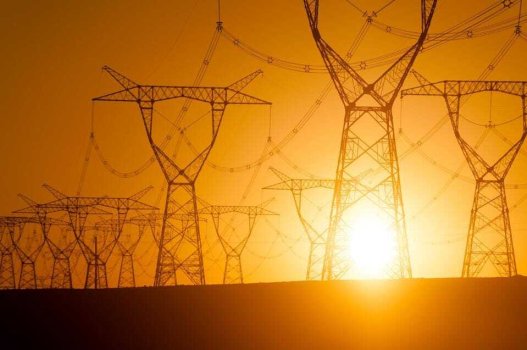Over the summer, the U.S. and Europe experienced heat waves that ignited raging fires and caused undue human suffering. In the U.S., in places like Texas, the extreme weather forced power grid operators to implement rarely used emergency measures to avoid rolling blackouts amid surging electricity demand. Wholesale electricity prices skyrocketed to $5,000 per megawatt-hour as consumers cranked up their AC to stay cool.
In North Carolina, multiple days of 100-degree Fahrenheit weather put the power grid under almost unbearable strain. The state utility registered a one-day summertime record for electricity usage, peaking at 21,086 megawatt-hours of electricity.
Ahead of the summer season, the North American Electric Reliability Corporation (NERC) had warned that the majority of the U.S. power grid was at risk of failure, unable to support the increased consumption brought on by the heat waves experienced in Texas, the Carolinas and much of the U.S. this past summer. With climate change, these extreme weather events are becoming more common and severe.
For many years, grid reliability wasn’t such a pressing issue because most of our power was generated by fossil fuels, including natural gas, which, unlike renewables, never stops flowing, regardless of whether the sun is shining or the wind is blowing. Today, however, the grid relies much more on renewable sources, including solar and wind power, which account for about 12% of U.S. electric generation, according to the U.S. Energy Information Administration.
Continue reading: https://www.forbes.com/sites/sk/2022/09/15/artificial-intelligence-can-bring-real-solutions-to-the-power-grid-crisis/?sh=350ba2bf26cc
In North Carolina, multiple days of 100-degree Fahrenheit weather put the power grid under almost unbearable strain. The state utility registered a one-day summertime record for electricity usage, peaking at 21,086 megawatt-hours of electricity.
Ahead of the summer season, the North American Electric Reliability Corporation (NERC) had warned that the majority of the U.S. power grid was at risk of failure, unable to support the increased consumption brought on by the heat waves experienced in Texas, the Carolinas and much of the U.S. this past summer. With climate change, these extreme weather events are becoming more common and severe.
For many years, grid reliability wasn’t such a pressing issue because most of our power was generated by fossil fuels, including natural gas, which, unlike renewables, never stops flowing, regardless of whether the sun is shining or the wind is blowing. Today, however, the grid relies much more on renewable sources, including solar and wind power, which account for about 12% of U.S. electric generation, according to the U.S. Energy Information Administration.
Continue reading: https://www.forbes.com/sites/sk/2022/09/15/artificial-intelligence-can-bring-real-solutions-to-the-power-grid-crisis/?sh=350ba2bf26cc

